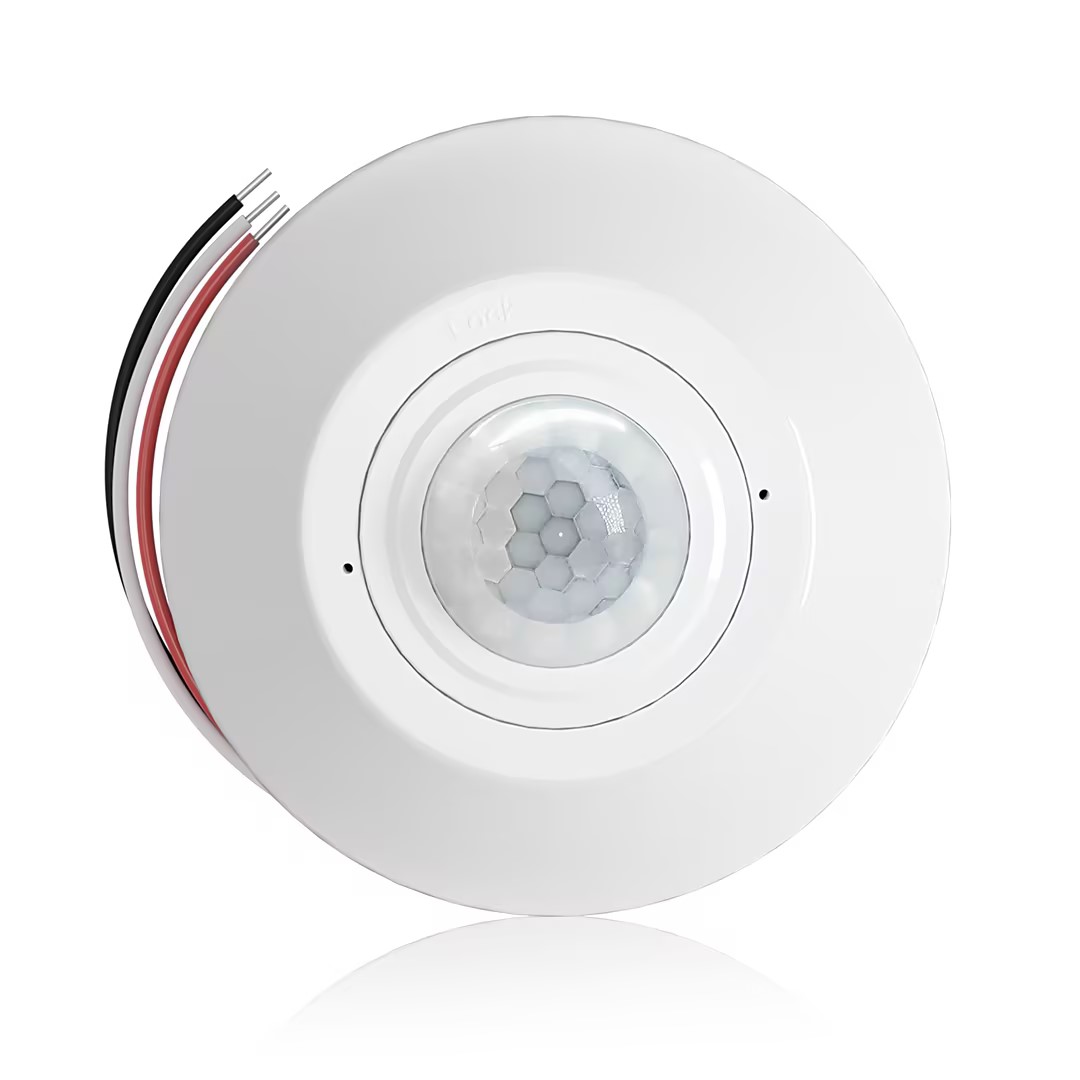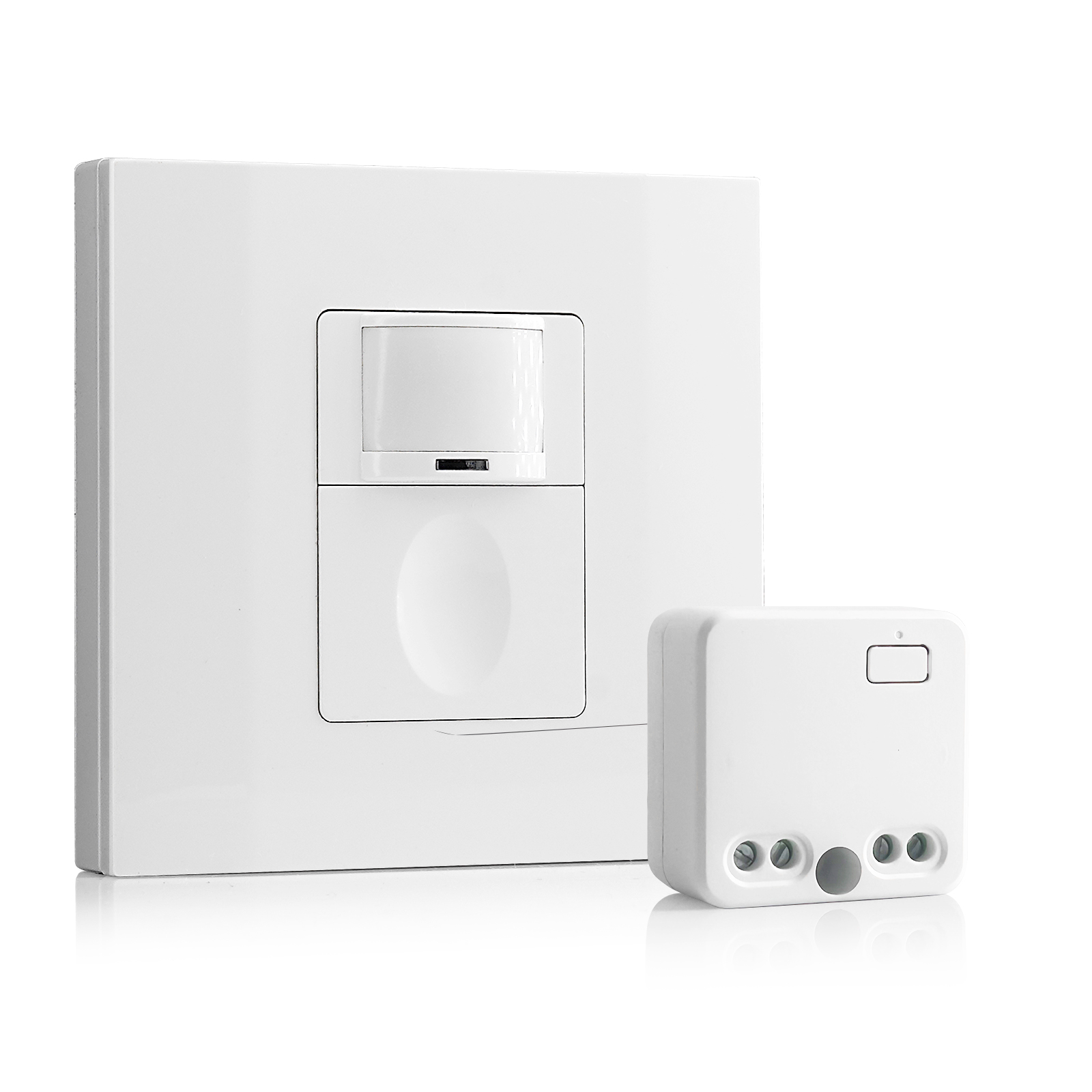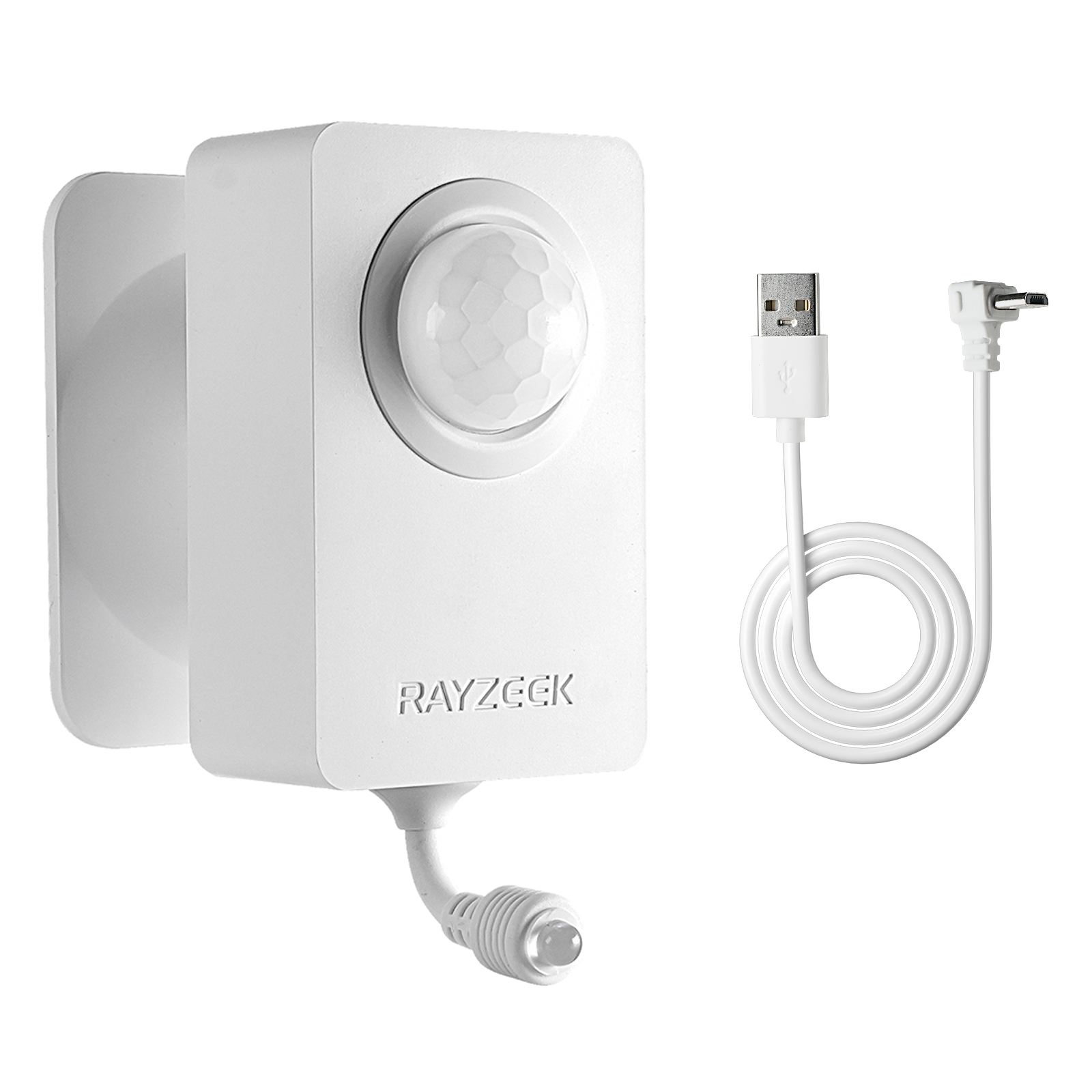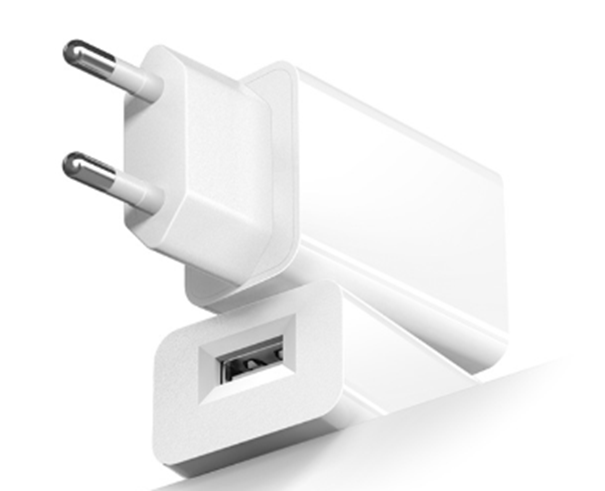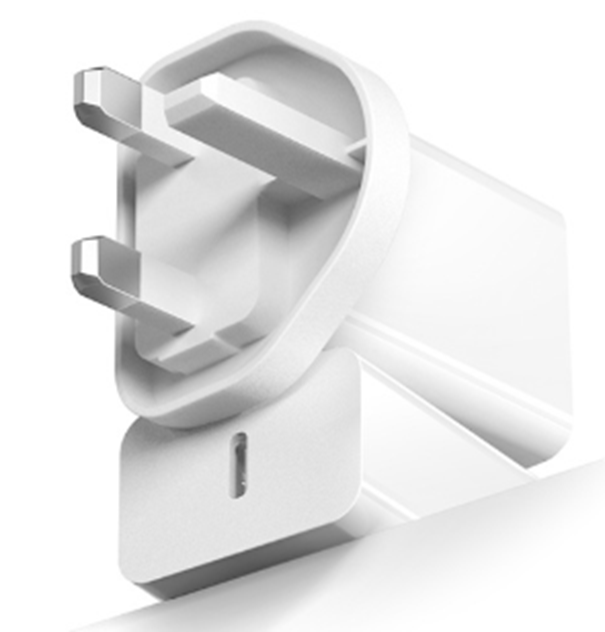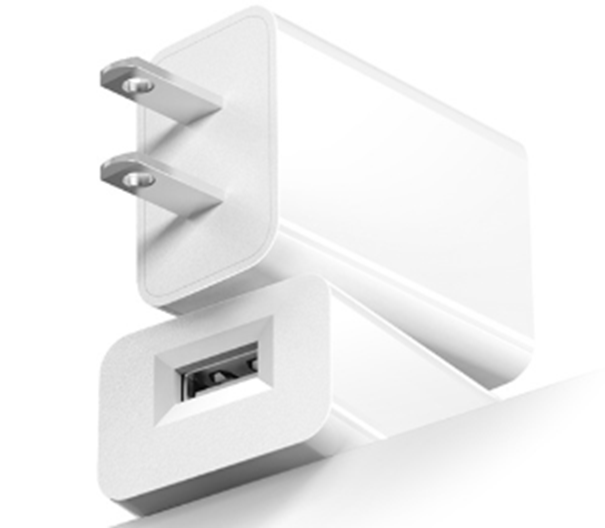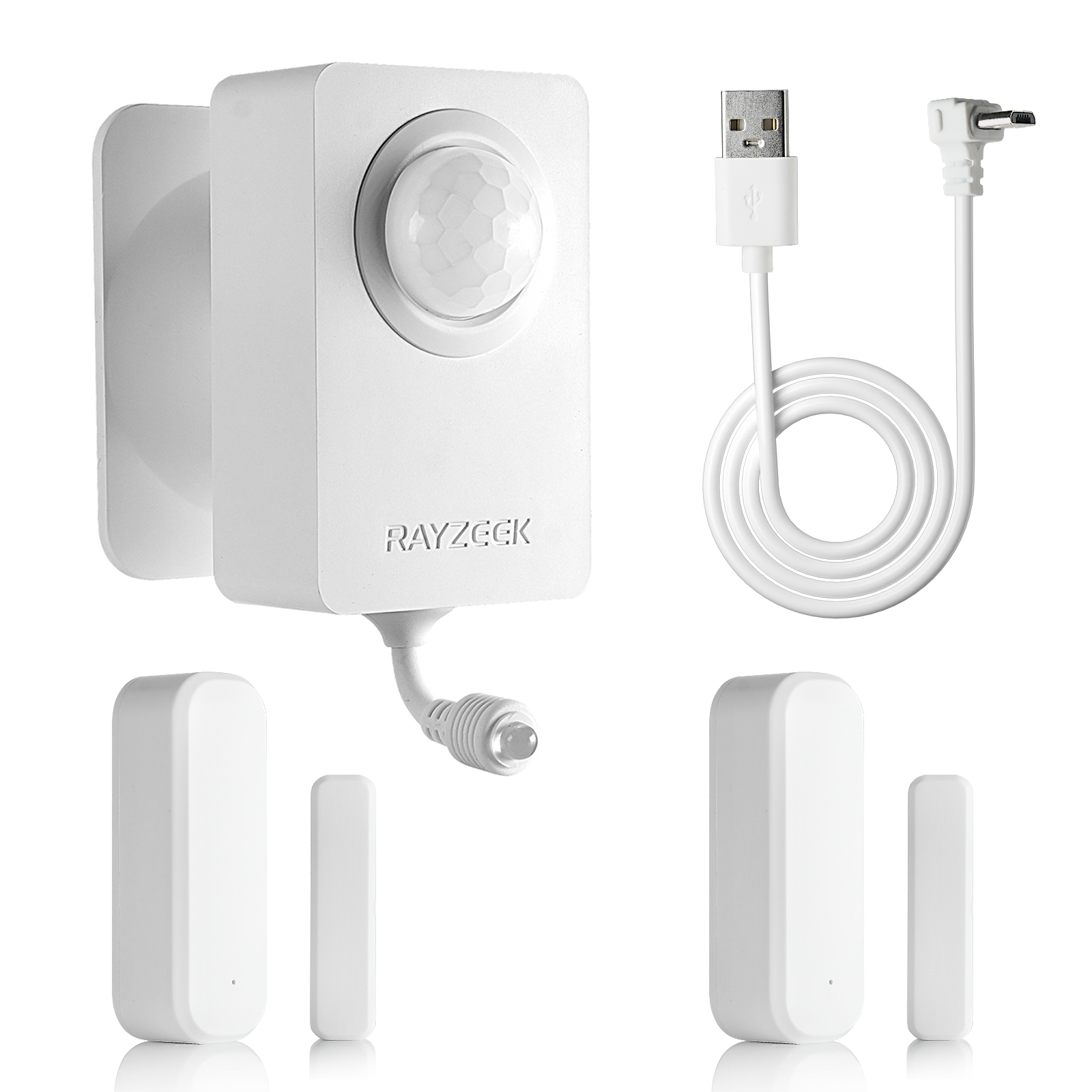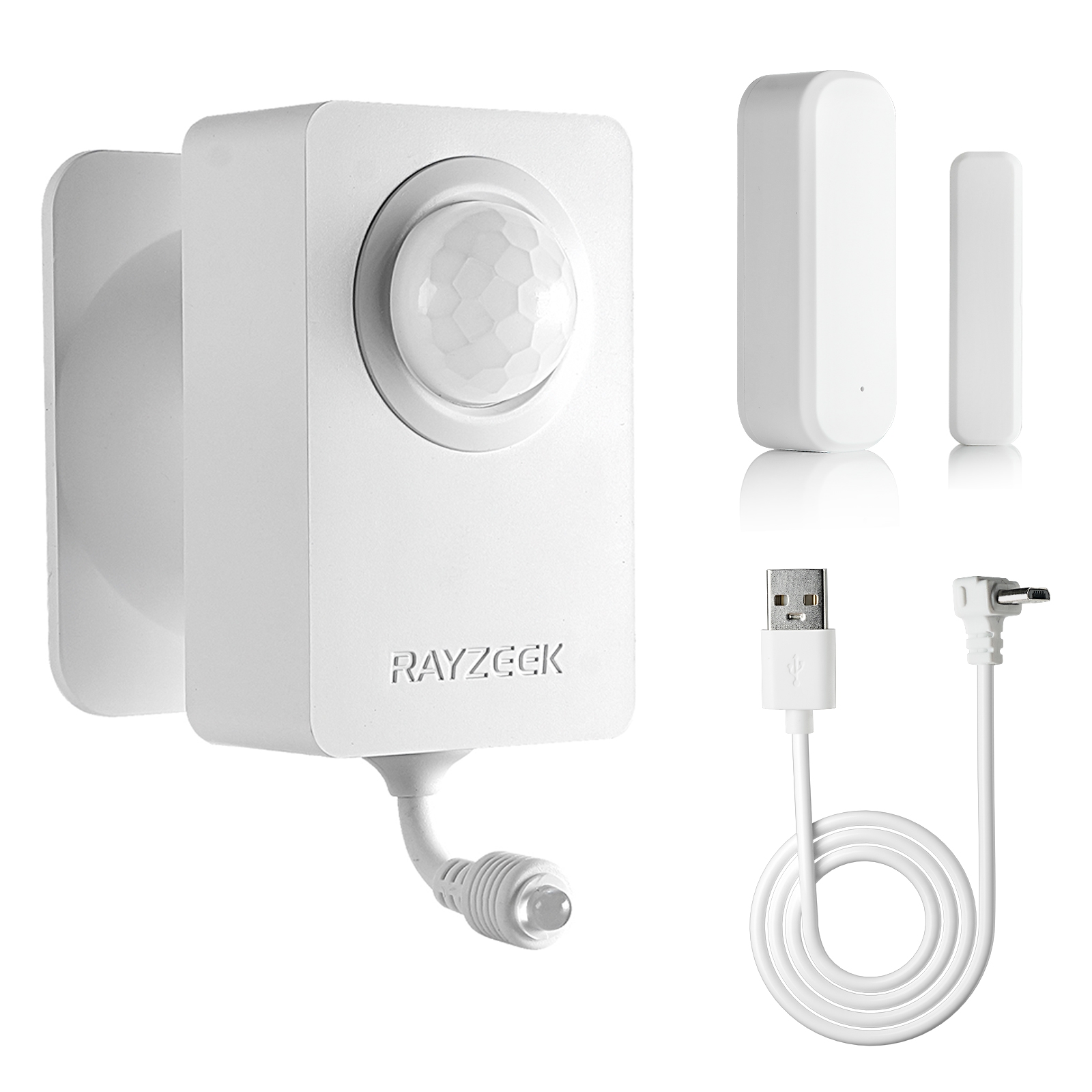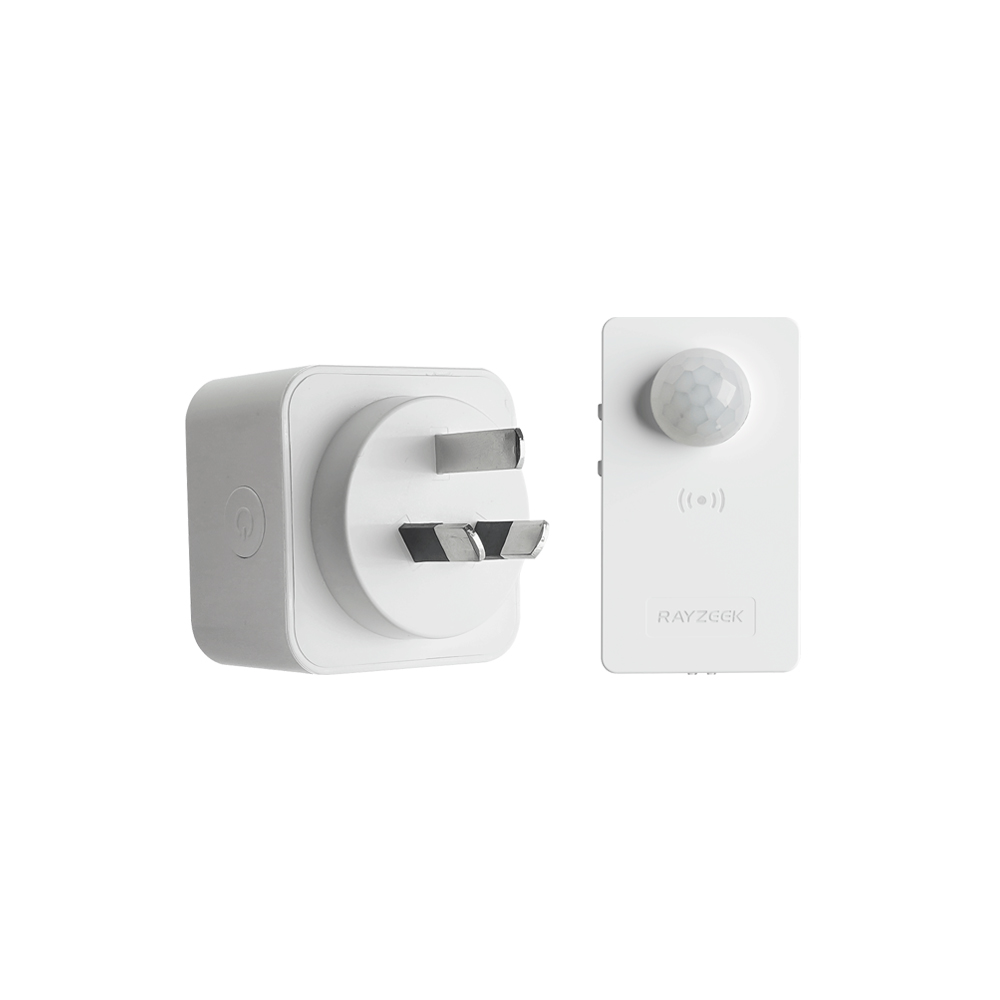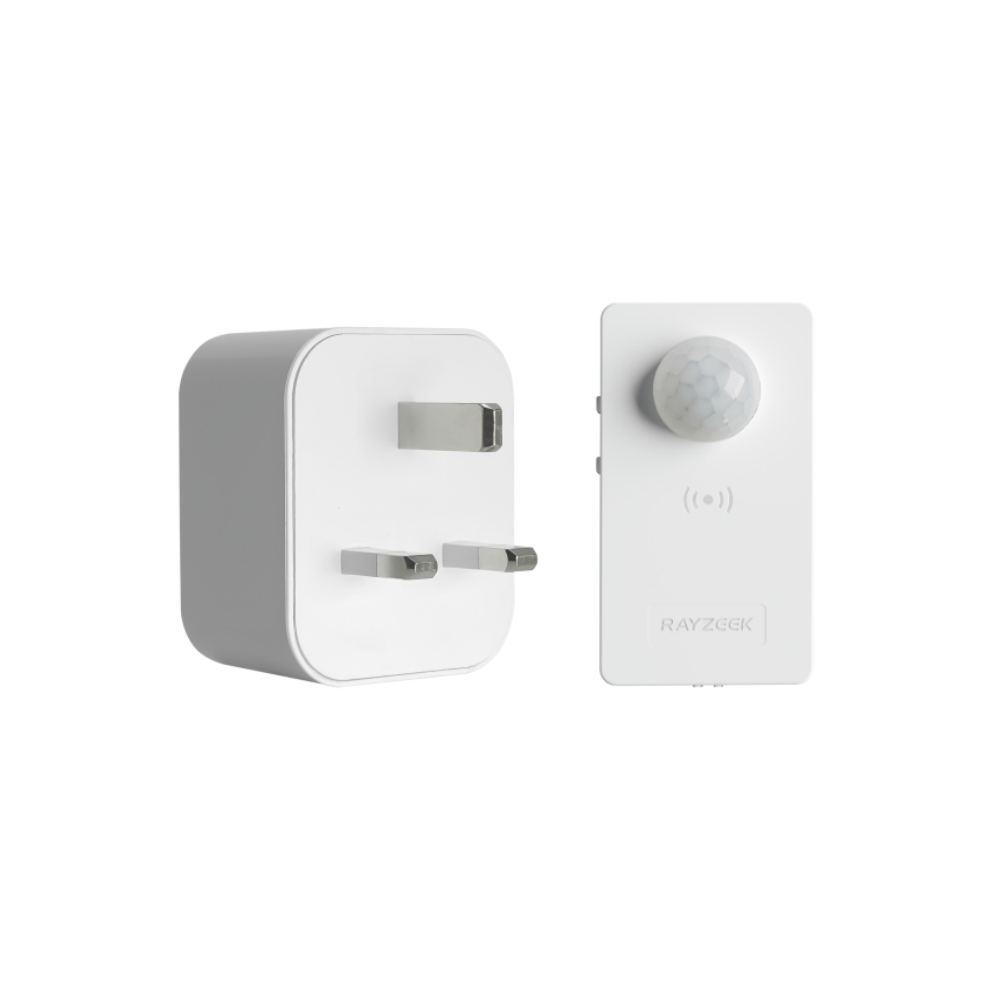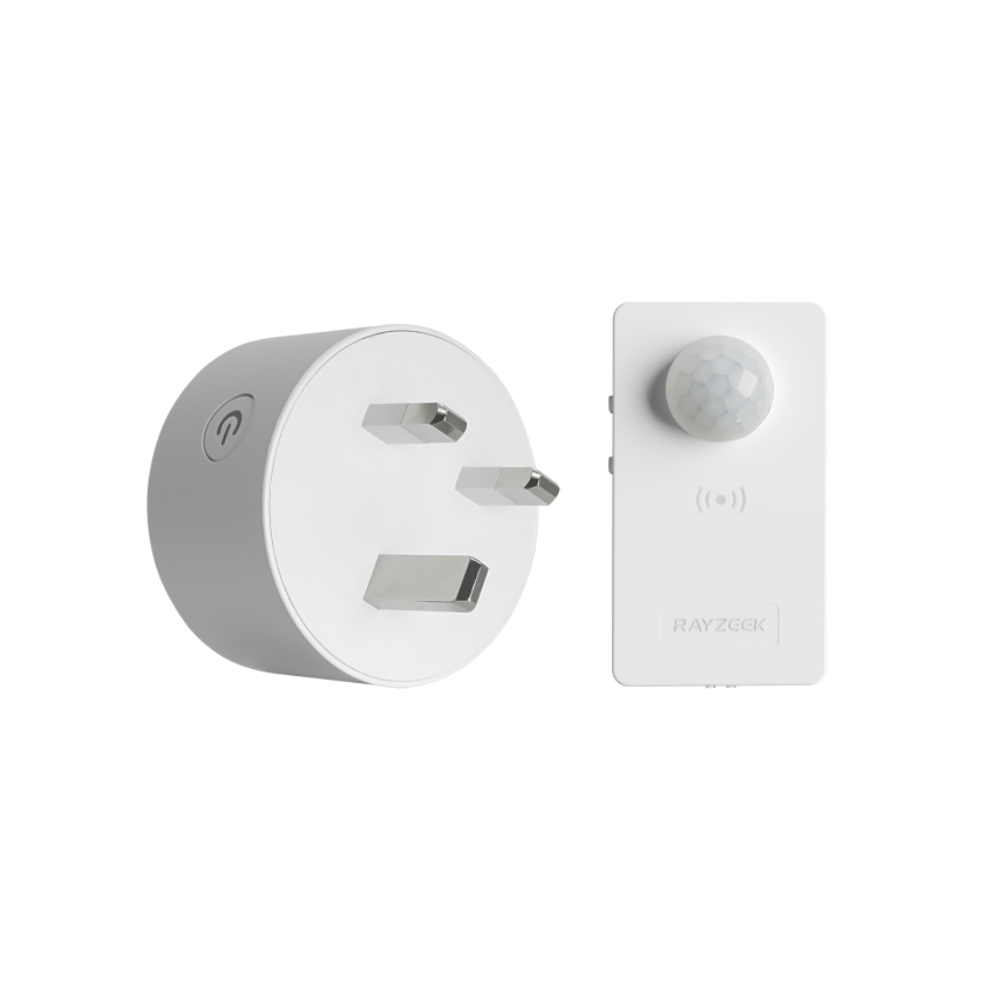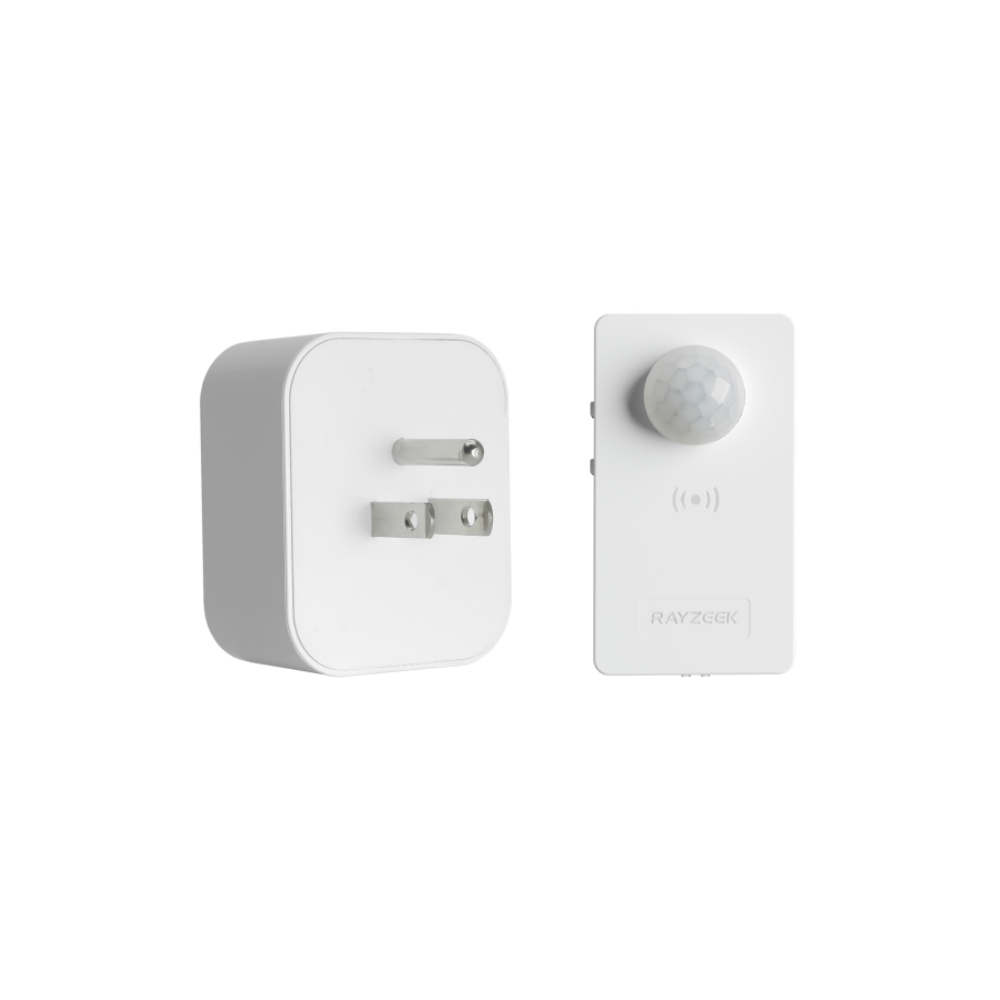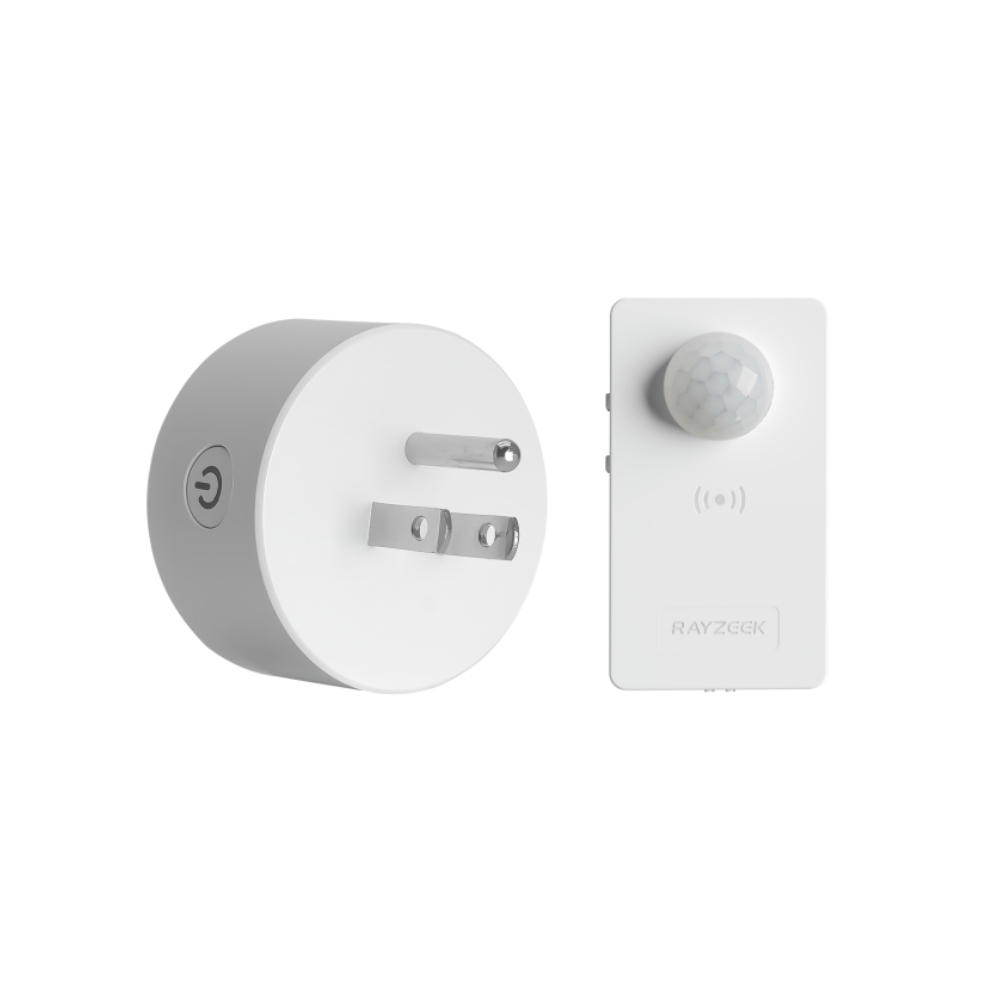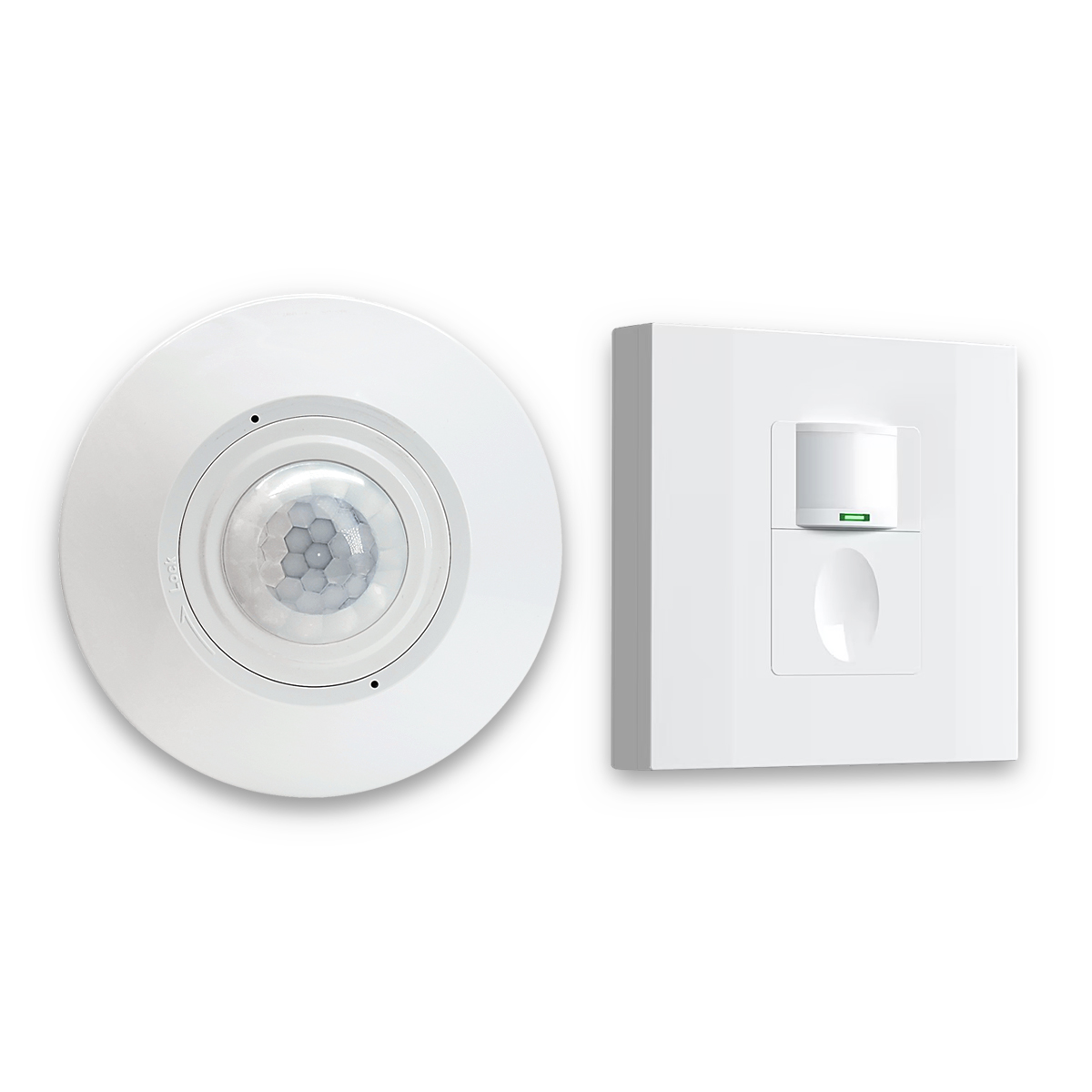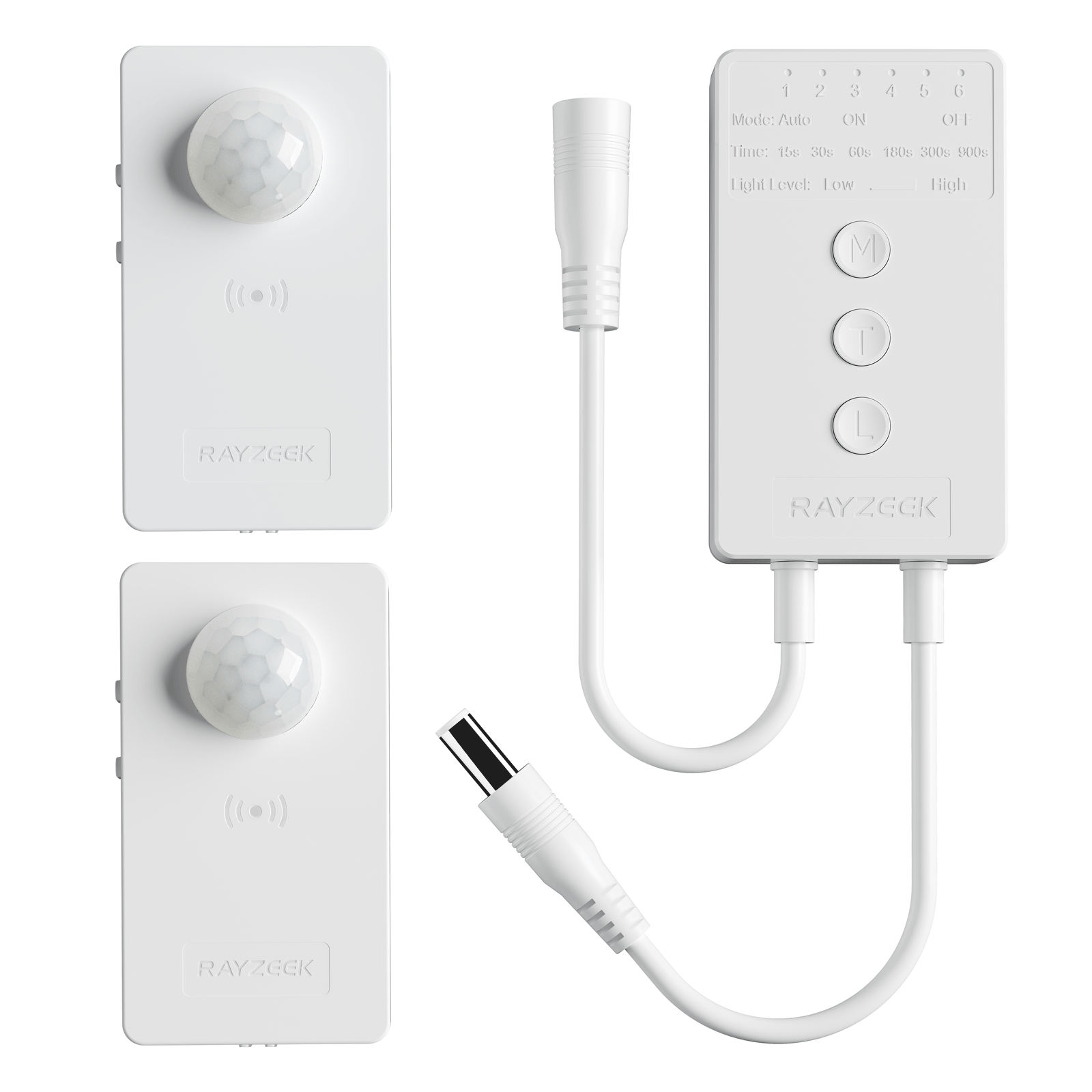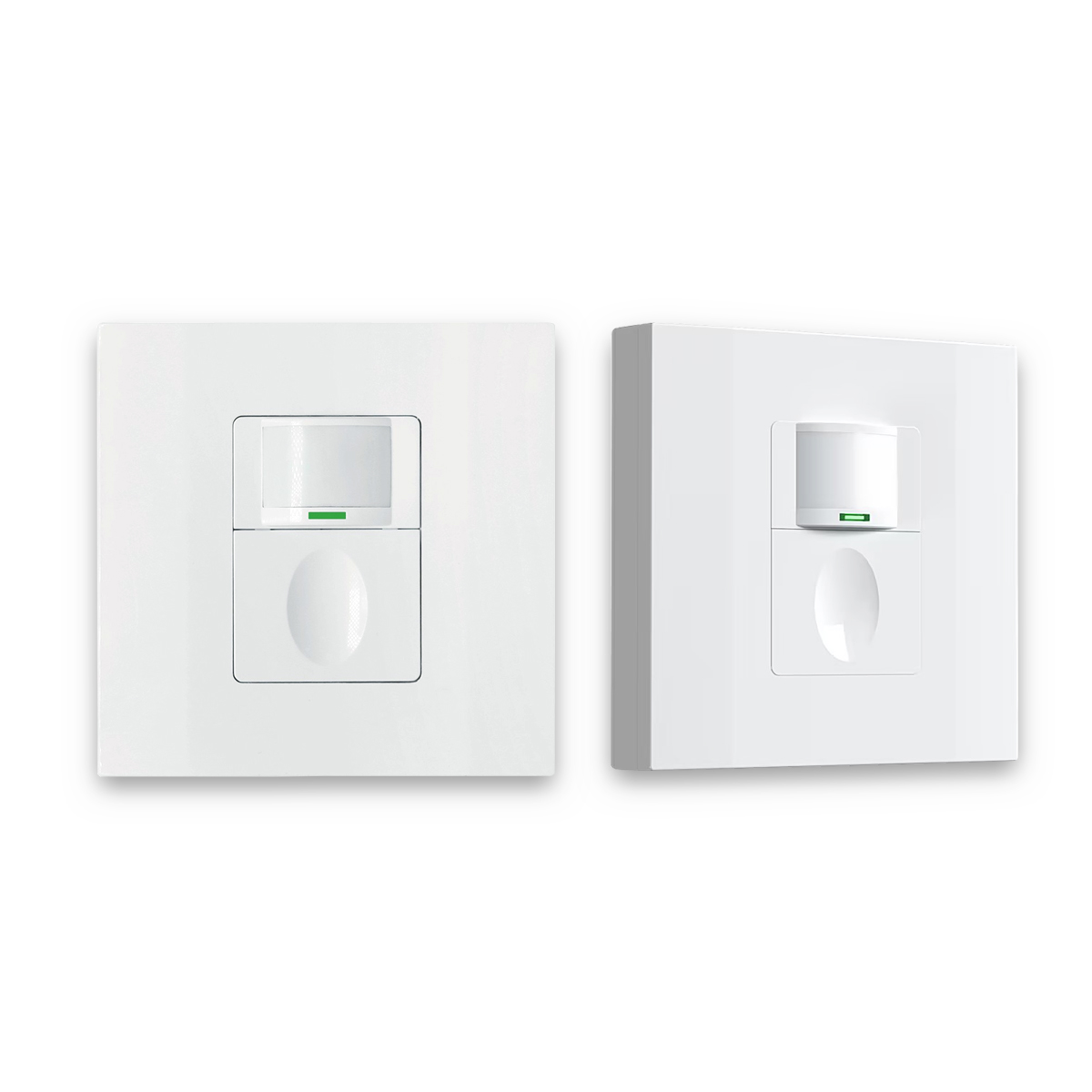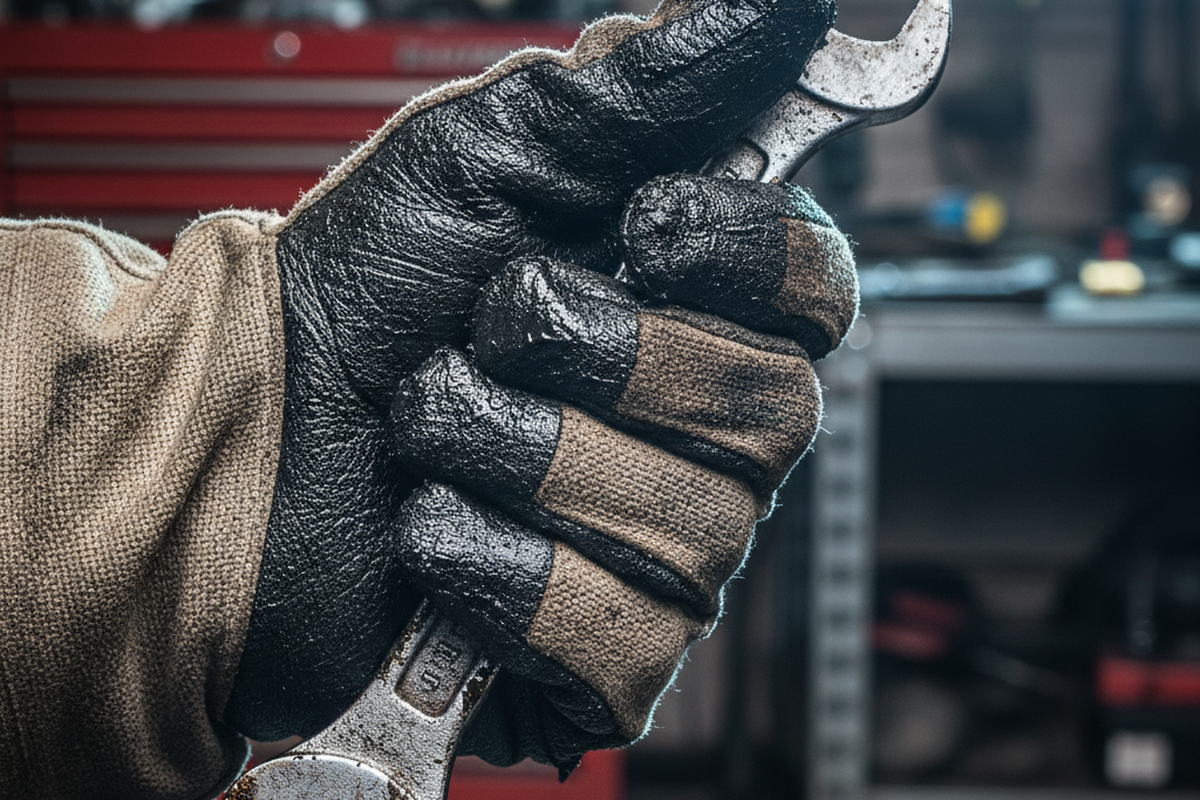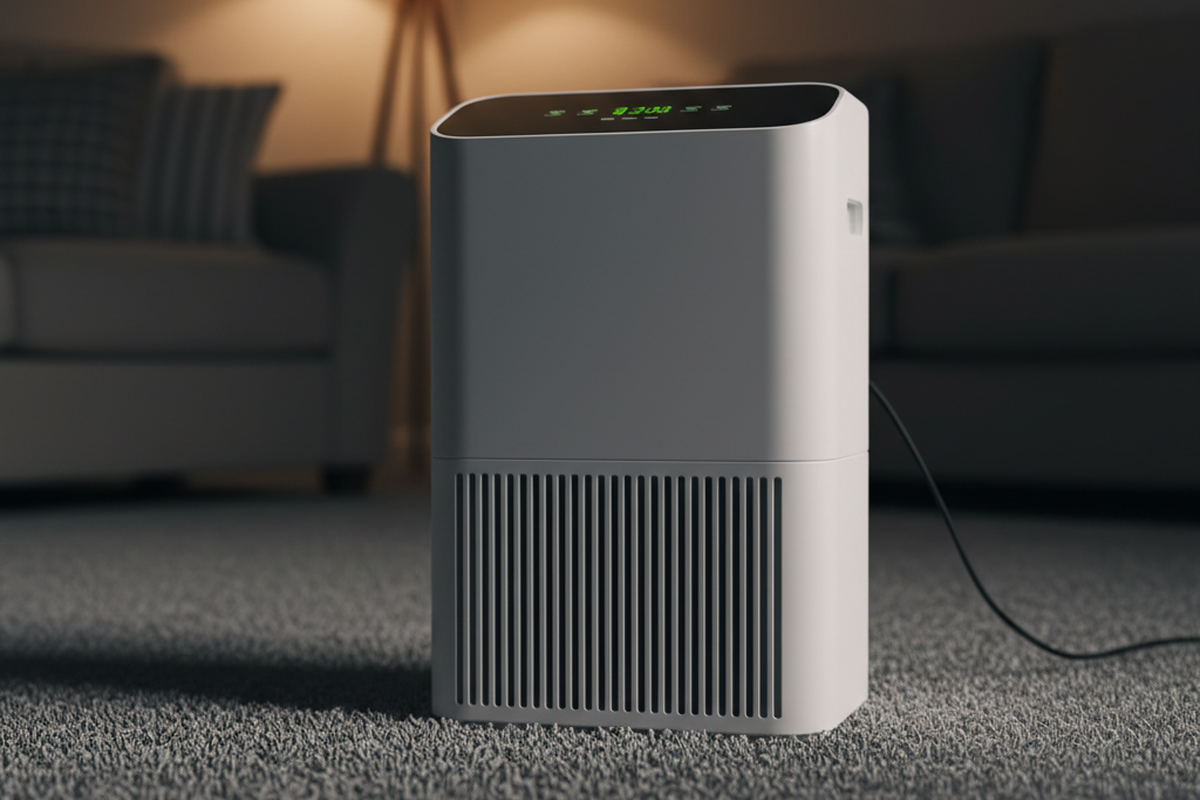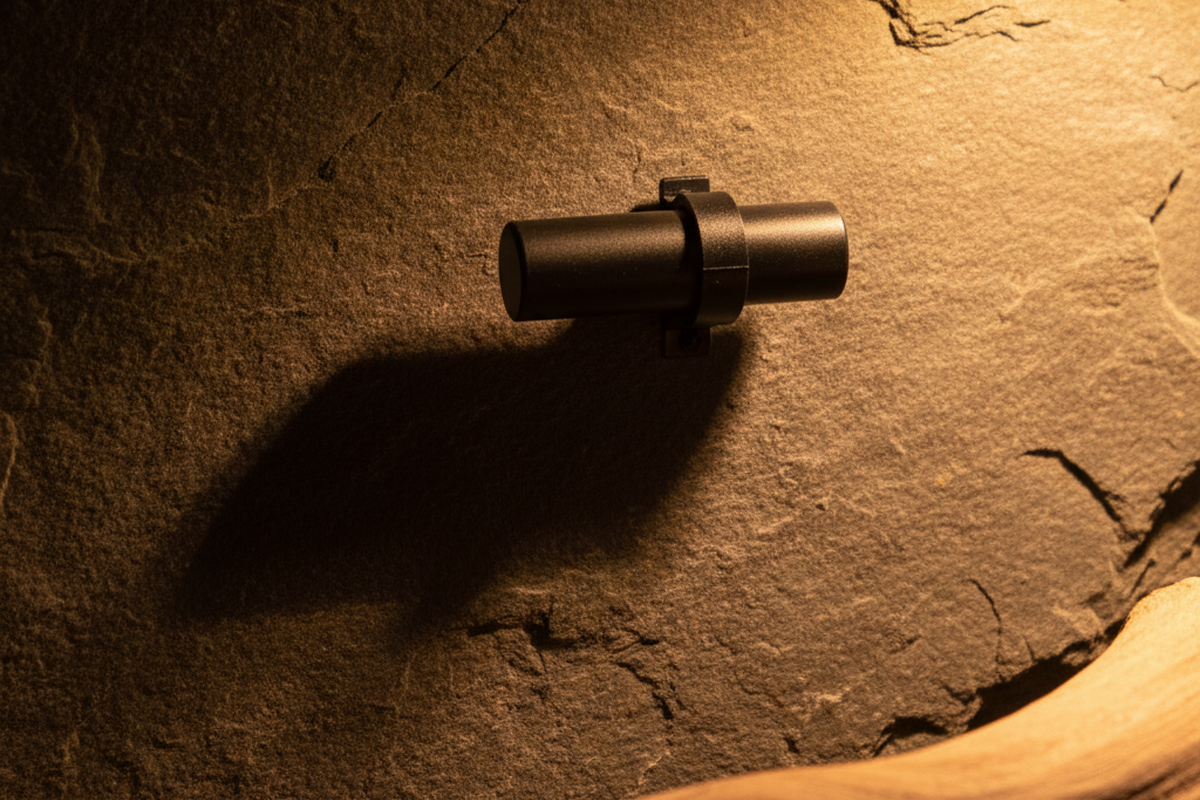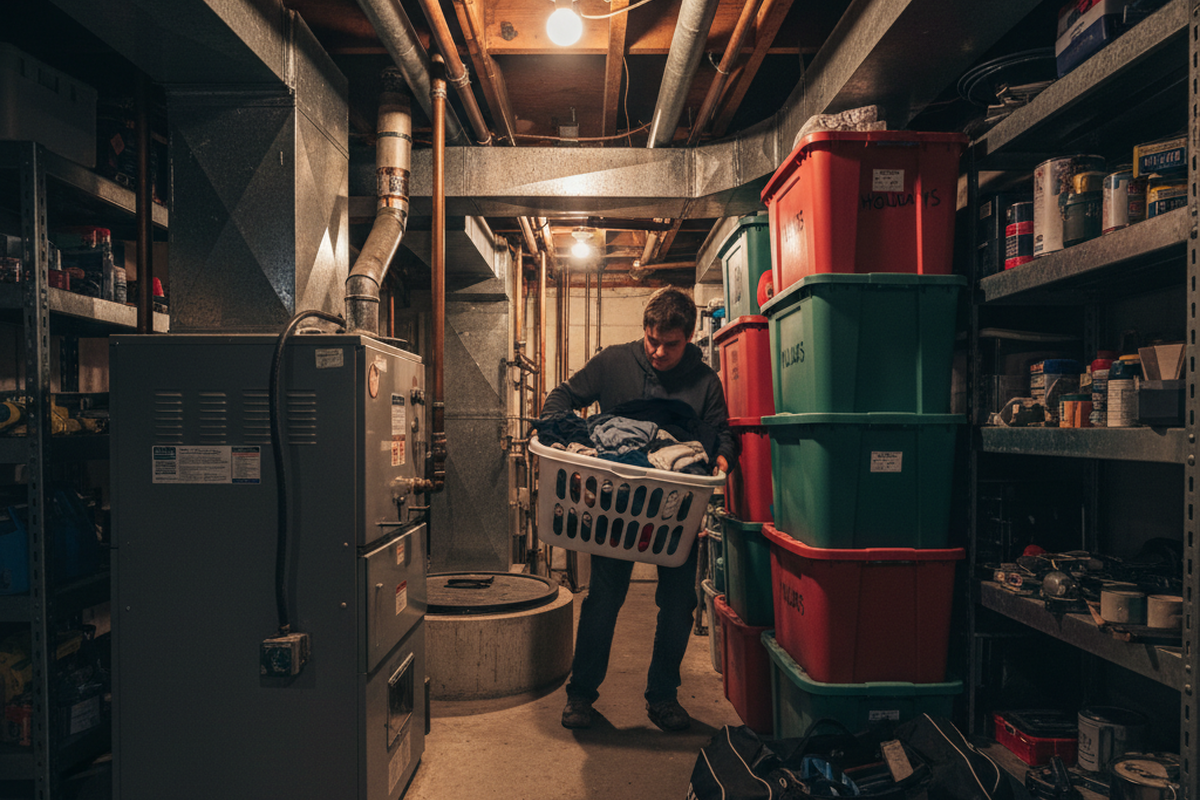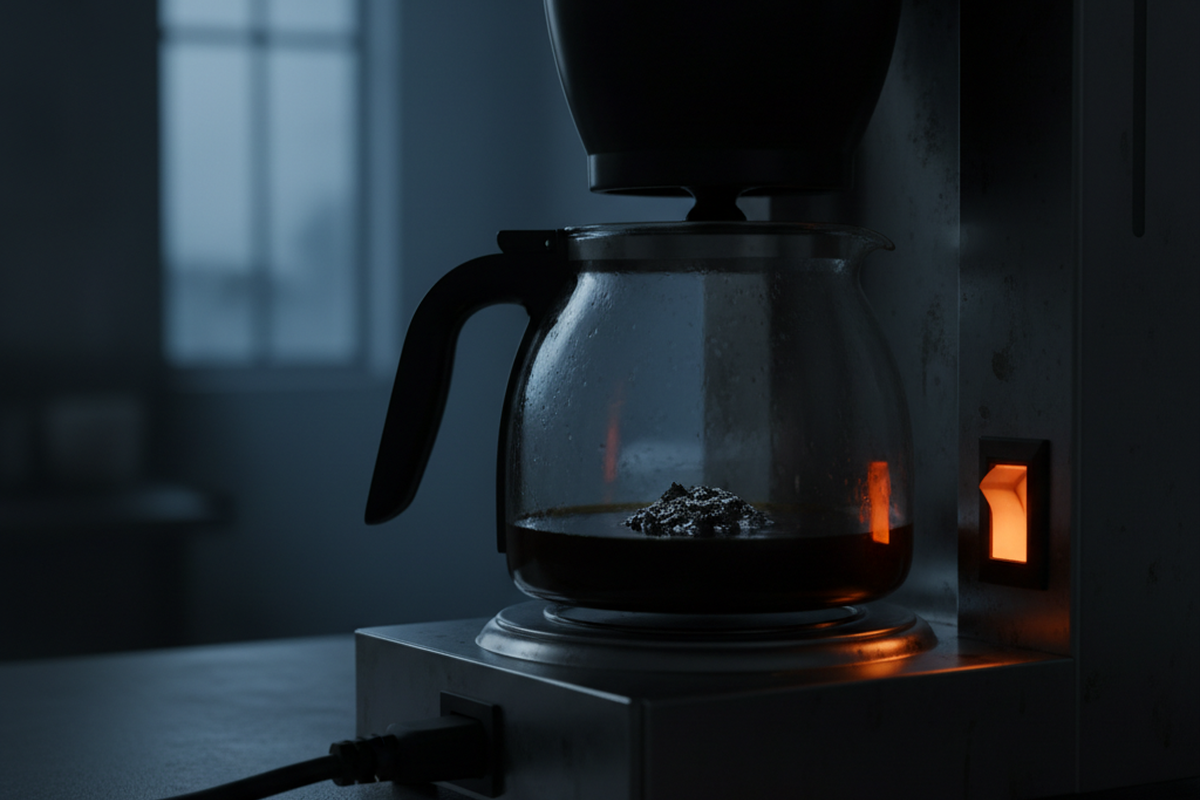Ever get that sinking feeling when your electricity bill arrives in the middle of summer? You’re not alone! Your air conditioner is often the biggest energy hog in your home. Depending on the type – whether it’s a small window unit, a portable AC, or a whole-house central system – your AC can draw a lot of power, anywhere from a couple hundred watts to thousands of watts. That’s quite a range, isn’t it?
Why should you care about your AC’s wattage? Because understanding it is key to controlling your energy use and keeping your household expenses in check. It’s not enough to just see a number; you need to know what that number means and what factors can change it. For instance, knowing the wattage can help you decide whether to run your AC all day or just during peak heat hours.
So, in this article, we’re going to break down air conditioner wattage in detail. We’ll look at how different AC types, their inner workings, and even your own habits affect how much power they guzzle. We’ll also explore how efficiency ratings and cool technologies like inverter technology play a role in this energy puzzle. By the end, you’ll have the knowledge to make smart choices about your AC use, which could mean serious savings on your bills. Think of it as becoming an energy detective for your home – ready to solve the mystery of the high electricity bill!
What is Wattage?
To really get a handle on how much energy your air conditioner is using, you’ve got to understand “wattage.” What is it? Well, a watt is simply a unit of power. It tells you the rate at which energy is being used or transferred. Think of it like this: it’s the speed at which you’re filling a bucket with water.
Power, which we measure in watts, is like the rate at which water is flowing from a faucet – it’s how quickly the water is coming out right now. Energy, on the other hand, is like the total amount of water you’ve collected in a container. It’s the flow accumulated over time. So, simply put, power is how fast you’re using energy, and energy is how much you’ve used in total.
Now, here’s where it hits your wallet: appliances with higher wattage, like those power-hungry air conditioners, use energy at a faster rate. And that faster rate of energy consumption? It translates directly to a higher electricity bill because you’re using more energy over time. Think of it this way: the faster the water flows (watts), the quicker your bucket fills up (kilowatt-hours, or kWh), and the more you end up paying the water company…er, the electric company!
That’s why understanding the wattage of your appliances, especially those energy-guzzling ACs, is so important. It helps you estimate how much energy they’re using and make smart choices about when and how you use them. Knowing the wattage is like knowing the flow rate of all your appliances. It allows you to manage your overall “water” – or, in this case, energy – usage.
Here are some key units and relationships you should know when dealing with wattage:
- Watt-hour (Wh) and Kilowatt-hour (kWh): These are units of energy, and they tell you the total amount of energy you’ve used. Your electricity bill usually shows your energy consumption in kWh. Just remember, 1 kWh is equal to 1000 Wh. Think of kWh as the total amount of water you’ve collected in your bucket over an hour.
- Watts = Volts x Amps: This formula shows how power (watts), voltage (volts), and current (amps) are related in an electrical circuit. Voltage is like the water pressure in your pipes, amps are like the width of the pipe itself, and watts are the resulting flow rate of the water.
How Air Conditioners Use Electricity
Air conditioners don’t actually “create cold.” What they do is remove heat from inside your home and move it outside. This works because of a basic physics principle: heat naturally flows from warmer areas to cooler areas. It’s just like opening a window on a hot day – the heat inside naturally wants to escape to the cooler outdoors.
The secret to this heat transfer is a special stuff called refrigerant. This refrigerant absorbs and releases heat as it changes between a liquid and a gas. Think of it like a magical sponge that soaks up heat when it evaporates and then releases that heat when it condenses.
So, what does electricity do? It powers the parts that make the refrigerant change state and circulate air. The biggest electricity hog in all of this is the compressor, which acts like the heart of the system, pumping the refrigerant around. It’s also the main reason your AC makes noise. The type of refrigerant used has a big impact on how efficient this heat transfer process is, and therefore, on the AC’s wattage. We’ll talk more about different refrigerants later. Now, let’s dive deeper into the refrigeration cycle to see exactly how this all works.
How the Refrigeration Cycle Impacts Wattage
The refrigeration cycle is the key to how air conditioners move heat. It’s a continuous loop that takes heat from inside your home and dumps it outside.
This cycle involves four main players: the compressor, the condenser, the expansion valve, and the evaporator. Each one has a crucial job in changing the refrigerant’s state and moving heat. Think of them as the key members of a well-coordinated heat-removal team. It’s pretty amazing when you think about it – the seemingly simple act of cooling a room involves a complex dance of physics and engineering!
Now, some AC units can also work as heat pumps. They do this by reversing the refrigeration cycle to provide heat. It’s like running the whole process backward, pulling heat from the outside air – even on a cold day – and bringing it inside to warm your home.
Details of the Refrigeration Cycle and its impact on Wattage
First up, the refrigerant, which is in a gaseous state, gets squeezed by the compressor. This compression makes the refrigerant’s temperature and pressure go way up. Think of it like squeezing a sponge – the pressure and temperature both increase. This stage uses the most electricity in the whole cycle.
Next, the hot, high-pressure refrigerant heads over to the condenser coils, which are usually located in the outdoor unit. A fan blows air across these coils, and that’s how the heat that was absorbed from inside your home gets released into the outside air. This is where our “sponge” releases all the heat it soaked up. The fan also uses electricity, but not nearly as much as the compressor.
The refrigerant, now cooled down but still under high pressure, then flows through an expansion valve. This valve suddenly reduces the refrigerant’s pressure, causing it to cool down really fast. It’s like suddenly releasing the pressure on that squeezed sponge – it expands and cools right down.
Get Inspired by Rayzeek Motion Sensor Portfolios.
Doesn't find what you want? Don't worry. There are always alternate ways to solve your problems. Maybe one of our portfolios can help.
Finally, the cold, low-pressure refrigerant makes its way to the evaporator coils, which are inside your indoor unit. A fan blows air across these coils, and the refrigerant absorbs heat from the air inside your room, cooling everything down. The “sponge” is now ready to soak up even more heat. This fan also uses electricity, but, like the condenser fan, it’s not a big energy hog compared to the compressor.
So, throughout this entire refrigeration cycle, the compressor is definitely the biggest consumer of electricity. The thermostat plays a key role here, too. It senses the temperature in the room and tells the AC when to turn on or off to keep things at the temperature you want. You can think of the thermostat as the conductor of an orchestra, telling the compressor when to work harder or when to take a break. And, of course, how efficient the compressor motor itself is has a big impact on the AC unit’s overall wattage.
To make things even more efficient, some ACs use what are called two-stage or variable-speed compressors. More advanced ACs use variable-speed compressors, which we’ll talk about in more detail later. These compressors can really boost energy efficiency. Think of them like having different gears on a bicycle, allowing you to operate more efficiently at different speeds.
Calculating AC Wattage
Alright, now that you’ve got a good grasp of what wattage is and how your AC works, let’s figure out how to calculate the wattage of your air conditioner. This will give you a good idea of how much energy it’s using and how it’s impacting your electricity bill.
Here are a couple of common formulas you can use to calculate your AC’s wattage:
- Watts = BTU / EER: This formula uses the AC’s cooling capacity, which is measured in BTUs, and its energy efficiency ratio, or EER. Remember, BTU tells you how much cooling power the AC has, and EER tells you how efficiently it uses energy.
- Watts = Volts x Amps: This formula uses the AC’s voltage, measured in volts, and its current, measured in amps. This is the basic electrical relationship we talked about earlier.
You can usually find the BTU, voltage, and amperage ratings on your AC unit’s nameplate – that’s the sticker or plate that’s attached to the unit. You can also find them in the owner’s manual. Think of it like checking the nutrition label on a food product, but instead of calories and fat, you’re looking at energy consumption.
Let’s run through a few examples to see how this works:
- Example 1: You have a 5,000 BTU window AC that runs on 115 volts and draws 4.5 amps. To find the wattage, you’d multiply volts by amps: Watts = 115 x 4.5 = 517.5 watts
- Example 2: You have a 10,000 BTU window AC with an EER of 10. To find the wattage, you’d divide BTU by EER: Watts = 10,000 / 10 = 1000 watts
- Example 3: You have a 36,000 BTU (that’s a 3-ton) central AC that runs on 240 volts and draws 15 amps. To find the wattage, you’d multiply volts by amps: Watts = 240 x 15 = 3600 watts
Want to estimate how much it costs to run your AC? Here’s how:
- Cost per hour: First, calculate the cost per hour by dividing the wattage by 1000 (that converts watts to kilowatts) and then multiplying by the cost per kWh (kilowatt-hour), which is the rate your electricity provider charges. So, the formula is: Cost per hour = (Watts / 1000) x Cost per kWh
- Cost per day: Next, calculate the cost per day by multiplying the cost per hour by the number of hours you run the AC each day: Cost per day = Cost per hour x Hours of operation per day
- Cost per month: Finally, calculate the cost per month by multiplying the cost per day by the number of days you run the AC each month: Cost per month = Cost per day x Days of operation per month
Let’s use Example 1 from above (that 517.5-watt window AC) to see how this works in practice. Let’s say your electricity rate is $0.15 per kWh and you run the AC for 8 hours a day:
- Cost per hour = (517.5 / 1000) x $0.15 = $0.0776 per hour
- Cost per day = $0.0776 x 8 = $0.62 per day
- Cost per month = $0.62 x 30 = $18.60 per month
So, in this example, running that window AC for 8 hours a day would cost you about $18.60 per month.
There are also plenty of online calculators that can help you estimate your AC’s wattage and energy costs. Just keep in mind that these calculations are estimates. Your actual energy consumption can vary depending on things like how well your room is insulated, the climate you live in, and your own personal AC usage habits. These calculations will give you a good ballpark figure, but, like they say, your actual mileage may vary!
Factors Affecting Wattage
While the AC unit’s specifications are important, several other factors, like room size, insulation, and climate, significantly influence its actual wattage and energy consumption. We often focus on the AC unit itself, but the environment it operates in plays an equally crucial role, making energy efficiency a holistic consideration.
The size of the room is a big one. Larger rooms need more cooling power, which we measure in BTUs. And more cooling power generally means higher wattage. A common rule of thumb is to aim for 20 BTU per square foot, but that can vary. For really accurate sizing, especially for central AC systems, it’s best to get a professional to take a look.
The quality of insulation in your home also has a big impact on your AC’s wattage. If you have poor insulation, heat can get in more easily, which forces your AC to work harder and use more energy. It’s like trying to cool a house with all the windows open – it’s a lot tougher!
The climate you live in is another key factor. If you live in a hot climate, you’ll need to run your AC more often and for longer periods, which means you’ll end up using more energy overall. It’s probably no surprise that ACs in Arizona tend to use a lot more energy than ACs in Alaska!
Direct sunlight streaming through your windows can also significantly increase the amount of heat that enters your home. This extra heat makes your AC work harder to keep the temperature where you want it, which, of course, increases its wattage. It’s like shining a spotlight on a thermometer – the temperature is going to go up!
Your own AC usage habits play a big role, too. Running your AC constantly at a super-low temperature is going to use a lot more energy than using a programmable thermostat to adjust the temperature based on when you’re home and what time of day it is. Setting that thermostat to 72°F all day, every day, is definitely going to show up on your bill!
Regular AC maintenance is also super important for keeping things running efficiently. Dirty air filters and condenser coils can restrict airflow, which makes it harder for your AC to cool properly and increases its wattage. A dirty filter is like trying to breathe through a clogged straw – it takes a lot more effort!
The type of refrigerant your AC uses and whether it has the right amount are also important. Different refrigerants have different efficiencies, and if the refrigerant charge is off (either too low or too high), it can really increase the wattage and reduce how well your AC cools. It’s like having the wrong amount of oil in your car engine – it’s just not going to run efficiently.
Finally, high humidity levels can trick your body into feeling warmer than it actually is. This increased perceived temperature forces your AC to work harder and use more energy to make you feel comfortable. It’s like the difference between a “dry heat” and a “humid heat” – the humidity just makes it feel so much hotter!
Here are some telltale signs that your AC might be having problems that are affecting its wattage:
- Your energy bills are consistently higher than those of similar homes or higher than your own bills from previous years, even when the weather is similar.
- Your AC seems to run constantly, but your home just isn’t getting as cool as it should be.
- The circuit breaker connected to your AC trips frequently.
- You hear unusual noises coming from your AC unit.
BTU and Wattage Explained
Okay, let’s talk about BTUs. BTU stands for British Thermal Unit. It’s a way to measure heat energy. Specifically, it’s the amount of heat it takes to raise the temperature of one pound of water by one degree Fahrenheit. When we’re talking about air conditioners, BTU tells us how much heat the unit can remove from a room in one hour.
In general, if an AC has a higher BTU rating, it’s going to have a higher wattage, too. That’s because it takes more power to remove more heat. More cooling power usually means more electrical power.
Now, it’s not a perfect one-to-one relationship. The efficiency of the AC, which we measure using its EER or SEER rating, also plays a big role. Efficiency tells us how effectively the AC uses electricity to get rid of heat.
Let’s look at an example. Imagine you have two air conditioners, both with a cooling capacity of 10,000 BTU. One has an EER of 10, which means it will use about 1000 watts (10,000 / 10). The other has an EER of 8, so it will use about 1250 watts (10,000 / 8). See? The more efficient unit, the one with the higher EER, uses less energy to provide the same amount of cooling.
Just to be crystal clear, BTU measures the AC’s cooling capacity – how well it can remove heat from a room. Watts, on the other hand, measure the electrical power that the AC is using. They’re related, but they’re not the same thing. BTU is all about cooling, and watts are all about the electricity it takes to get that cooling.
The temperature of the air around your AC, also known as the ambient temperature, can also affect how efficiently it runs. When the ambient temperature is higher, the AC’s efficiency can drop, which means it might use more watts to achieve the same BTU cooling capacity. Basically, the hotter it is outside, the harder your AC has to work.
One more thing to keep in mind: BTU ratings usually refer to “sensible” heat removal, which is the heat that causes the temperature to change. But there’s also “latent” heat removal, which is when the AC removes moisture from the air, reducing humidity. This also adds to the overall cooling load and affects the wattage. So, sensible heat changes the temperature, while latent heat changes the humidity.
SEER and EER Ratings Explained
Two ratings you’ll often see when you’re shopping for an air conditioner are EER (Energy Efficiency Ratio) and SEER (Seasonal Energy Efficiency Ratio). These ratings tell you how energy-efficient the AC unit is. They help you understand how much cooling you’re getting for the amount of energy the AC uses. Think of them like miles-per-gallon ratings for your car, but instead of measuring fuel efficiency, they’re measuring cooling efficiency.
EER, or Energy Efficiency Ratio, measures the cooling output of an AC, which is measured in BTUs, for every unit of electrical power it uses, which is measured in watts. This measurement is taken at a specific outdoor temperature and humidity level, usually when it’s 95°F outside.
SEER, or Seasonal Energy Efficiency Ratio, measures the average cooling output of an AC, again in BTUs, for every unit of electrical power it uses, in watts, but it does this over a range of temperatures and humidity levels. This is meant to represent a typical cooling season, so it gives you a more realistic idea of how energy-efficient the AC will be over time. SEER takes into account the fact that temperatures change throughout the summer.
For both EER and SEER, remember that higher numbers are better. A higher rating means the AC unit is more efficient, so it uses less energy to provide the same amount of cooling, which means lower electricity bills for you.
It’s true that AC units with higher SEER or EER ratings might cost more upfront, but they’ll usually save you money on your electricity bills in the long run. That’s because they use less energy to achieve the same level of cooling. So, it’s an investment that pays off over time.
Maybe You Are Interested In
Newer AC models generally have much higher SEER and EER ratings than older units. This is thanks to advances in technology and stricter rules about energy efficiency.
So, what’s considered a “good” rating? Generally, an EER rating above 10 and a SEER rating above 14 are considered good. But remember, higher is always better for both ratings!
To make sure you’re comparing apples to apples, standardized testing procedures, like AHRI 210/240, are used to determine SEER and EER ratings. Also, keep in mind that the SEER rating you should aim for can vary depending on where you live. If you live in a hotter climate, you’ll generally benefit from a higher SEER unit because you’ll be using it for a longer and more intense cooling season.
Wattage by AC Type
The wattage of an air conditioner can vary quite a bit depending on the type of AC you’re talking about. This is because different types of ACs have different cooling capacities, designs, and efficiencies.
Window air conditioners, which are designed to cool single rooms, typically use anywhere from 500 to 1500 watts. That’s a pretty wide range, and it’s due to differences in their BTU rating (or cooling capacity), their efficiency (EER or SEER), and the features they offer.
Portable air conditioners, which are also designed to cool single rooms, typically use between 700 and 1500 watts. Just like window units, the wattage can vary depending on the BTU rating, efficiency, and features. However, portable units are often a bit less efficient than window units that have a similar BTU rating.
Central air conditioning systems, which are designed to cool entire homes, typically use between 3000 and 5000 watts. The wattage can vary quite a bit depending on the size of the unit, which is measured in tonnage, its efficiency, measured by its SEER rating, and whether it has features like two-stage or variable-speed compressors.
Let’s talk about how these ACs are designed differently. Window ACs are self-contained units that you install in a window. Portable ACs are also self-contained, but they’re movable, and they use a hose to vent the hot air outside. Central ACs have a split system, with an outdoor condenser and an indoor air handler.
Window and portable ACs are rated in BTUs, which we talked about earlier. Central ACs, on the other hand, are rated in tons. Just remember that 1 ton is equal to 12,000 BTU.
Ductless mini-split ACs typically use between 600 and 3000 watts, depending on how many zones they’re cooling and their BTU rating. They’re often more efficient than window or portable units, and they can be a good alternative to central AC in some situations. And remember how we talked about inverter technology earlier? It can really help to reduce the wattage in all types of ACs, including mini-splits.
Here’s a table that summarizes the key differences between the different types of ACs we’ve been talking about:
| AC Type | Wattage Range | Efficiency (SEER/EER) | Cost (Initial & Operating) | Pros | Cons | Ideal Use Case |
|---|---|---|---|---|---|---|
| Window AC | 500-1500 W | Lower to Moderate | Lower Initial, Moderate Operating | Affordable, Easy Installation, Suitable for Single Rooms | Noisy, Blocks Window View, Less Efficient than Central or Mini-Split | Single Rooms, Apartments, Small Spaces |
| Portable AC | 700-1500 W | Lower | Moderate Initial, Higher Operating | Movable, No Permanent Installation | Less Efficient, Noisy, Requires Venting, Can Be Bulky | Rooms Where Window ACs Aren’t Feasible, Temporary Cooling |
| Central AC | 3000-5000+ W | Moderate to High | Higher Initial, Moderate to Lower Operating | Cools Entire Home, More Efficient (High SEER), Quieter Operation | Expensive Installation, Requires Ductwork | Whole-House Cooling |
| Ductless Mini-Split | 600-3000 W | High | Moderate to High Initial, Lower Operating | Energy Efficient, Zoned Cooling, No Ductwork Required, Quiet Operation | More Expensive than Window/Portable, Requires Professional Installation | Zoned Cooling, Additions, Homes Without Ductwork |
Window AC Wattage
Okay, let’s get more specific. Small window AC units, which are usually around 5,000 to 6,000 BTU, typically use between 500 and 600 watts. Medium-sized units, around 8,000 to 10,000 BTU, use between 700 and 1000 watts. And large units, which are 12,000 BTU or more, use between 1000 and 1500 watts.
Remember that EER, or Energy Efficiency Ratio, we talked about? A higher EER means lower wattage for the same amount of cooling. For example, a 10,000 BTU window AC with an EER of 10 will use about 1000 watts, while a 10,000 BTU unit with an EER of 12 will use only about 833 watts. This really shows you how important it is to choose an energy-efficient model!
To get an idea of how this will impact your electricity bill, take a look back at the cost calculation section we covered earlier. Also, keep in mind that the typical window AC unit lasts for about 8 to 10 years. Choosing a more efficient unit with a higher EER can really cut down on your energy costs over its lifespan. And don’t forget about features like energy-saver mode, which cycles the fan on and off with the compressor to help reduce how much energy you use overall.
Portable AC Wattage
Portable air conditioners generally have a wattage range that’s similar to window ACs, from about 700 to 1500 watts, although some of the larger units can use even more. Common BTU ratings for portable ACs are between 8,000 and 14,000 BTU, but you can find them in various sizes.
One thing to keep in mind is that portable ACs are usually less efficient than window units with the same BTU rating, especially if they’re single-hose models. Single-hose units pull in already-cooled air from the room to cool the condenser, which creates negative pressure and sucks in warm air from outside. Dual-hose units are more efficient because they use one hose to pull in outside air and another hose to exhaust the hot air.
The reason single-hose units are less efficient is that they’re using already-cooled air to cool the condenser. To improve efficiency, try to use a shorter, straighter exhaust hose and make sure the window kit is properly sealed. Also, because of the way they’re tested, the actual cooling capacity of a portable AC might be lower than what the BTU rating says, especially for those single-hose models.
Central AC Wattage
Central air conditioning systems usually have a pretty wide wattage range, from about 3000 to 5000 watts, and the larger systems can use even more than that. Residential systems are usually rated in tons, and they range from about 1.5 to 5 tons, which is the same as 18,000 to 60,000 BTU. Just remember that one ton of cooling capacity is equal to 12,000 BTU.
As we’ve discussed, a higher SEER, or Seasonal Energy Efficiency Ratio, means lower wattage for the same amount of cooling, which means you’ll use less energy. Also, keep in mind that two-stage and variable-speed systems are much more energy-efficient than single-stage systems. They can adjust the compressor and fan speeds to match how much cooling you actually need. These systems are much better at adapting to changing cooling needs.
How much tonnage do you need for your home? That depends on a few things, like the size of your home, how well it’s insulated, and the climate you live in. A rough estimate is about 1 ton for every 400 to 600 square feet, but it’s best to have a professional do a load calculation, often called a Manual J calculation, to figure out the right size for your home. Also, make sure your ductwork is properly designed and sealed, and consider using efficient blower motors, like ECM models, to improve efficiency.
Inverter Technology and Power Factor
Now, let’s dive into a couple of more advanced topics related to how much energy your AC uses: inverter technology and power factor. Understanding these concepts will give you a deeper understanding of how ACs use electricity and how we can make them more efficient.
Let’s start with inverter technology.
How Inverter Technology Reduces Wattage
Traditional air conditioners use what’s called a fixed-speed compressor. This compressor always runs at full blast whenever it’s on, and it cycles on and off to keep the temperature where you want it. The problem is that all that starting and stopping uses a lot of energy and can cause the temperature to fluctuate. It’s like driving a car in stop-and-go traffic – it’s inefficient and jerky.
Inverter air conditioners, on the other hand, use a variable-speed compressor. This means the compressor can change its speed depending on how much cooling is needed. It can run at lower speeds for longer periods to keep the temperature consistent.
Think of it like driving a car. It’s much more fuel-efficient to maintain a constant speed on the highway, which is like an inverter AC, than it is to drive in stop-and-go city traffic, which is like a traditional AC.
Inverter technology has some pretty significant advantages:
- It uses less energy, which means a significant reduction in wattage, because of the variable-speed operation.
- It gives you more consistent temperature control, so you won’t have as many temperature swings.
- It operates more quietly because the compressor often runs at lower speeds.
- It can extend the lifespan of your AC unit because there’s less wear and tear on the parts.
Now, inverter ACs usually cost more upfront than traditional ACs. But the energy savings you get can often lead to lower electricity bills over time, which can make up for the initial price difference. It’s a long-term investment in energy efficiency.
It’s true that there are some energy losses when the AC power is converted to DC and then back to AC for the variable-speed motor. But the energy savings you get from the variable-speed operation are much greater than those losses. And some advanced inverters even use sensorless control algorithms to make things even more efficient.
Inverter ACs often come with some cool smart features, like Wi-Fi connectivity, which lets you control them remotely with your smartphone and integrate them with your smart home system.
There are also different kinds of inverter technologies out there, which use different control algorithms to make them run as efficiently and effectively as possible.
Understanding Power Factor
Okay, now let’s talk about power factor. In AC, or alternating current, circuits, the relationship between voltage and current isn’t always as simple as it seems. Inductive loads, like the motors you find in air conditioners, can cause a difference in timing between the voltage and current. This is where things get a little more technical, so bear with me!
Real power, which we measure in watts, is the power that’s actually doing something useful, like running the compressor and fans to cool your home. This is the “wattage” we’ve been talking about throughout this article.
Apparent power, which is measured in volt-amps, or VA, is the total power that’s being drawn from the electrical grid. It includes both the real power we just talked about and something called reactive power.
Reactive power is the power that’s stored and released by inductive components, like the motor windings in your AC. It doesn’t actually do any work, but it’s necessary for inductive devices to operate. Think of it like the energy it takes to create the magnetic field in the motor.
Power factor, or PF, is the ratio of real power, measured in watts, to apparent power, measured in VA. So, the formula is: PF = Real Power / Apparent Power. It tells you how effectively electrical power is being used.
Ideally, the power factor would be 1, or 100%. That would mean that all the power being drawn from the grid is being used to do useful work.
Looking For Motion-Activated Energy-Saving Solutions?
Contact us for complete PIR motion sensors, motion-activated energy-saving products, motion sensor switches, and Occupancy/Vacancy commercial solutions.
If the power factor is low, meaning it’s less than 1, that means some of the power being drawn from the grid is being “wasted” as reactive power.
AC motors, because of their inductive nature, naturally have a power factor that’s less than 1.
It’s important to know that a low power factor is normal for AC motors and doesn’t necessarily mean there’s something wrong with your AC unit.
Some utility companies might charge extra if your power factor is too low, but this is usually something that affects large industrial or commercial customers, not homeowners.
AC motors usually have what’s called a lagging power factor, which means the current is a little behind the voltage.
You can use power factor correction capacitors to improve the power factor, but this is usually something that’s done in large industrial settings with lots of motors, not in individual homes with just one AC unit.
Starting vs. Running Watts
Air conditioners actually have two different wattage ratings: starting watts, which are also called surge watts, and running watts, which are also called rated watts. Starting watts are the much higher wattage you need for a short time to get the compressor motor going, while running watts are the lower wattage you need to keep it running continuously.
That surge of starting wattage only lasts for a few seconds. But if you’re using a generator to power your AC, it’s really important to make sure the generator can handle the starting wattage, not just the running wattage. For example, a window AC might have a running wattage of 900 watts, but it could have a starting wattage of 1800 watts or even higher.
This starting surge is a normal part of how ACs work, and it won’t damage the unit as long as it’s properly sized and maintained.
Keep in mind that older compressors or compressors that haven’t been properly maintained might need a higher starting wattage. The starting wattage is related to something called the ‘Locked Rotor Amps,’ or LRA, rating of the compressor, which tells you how much current it draws when it’s starting up.


